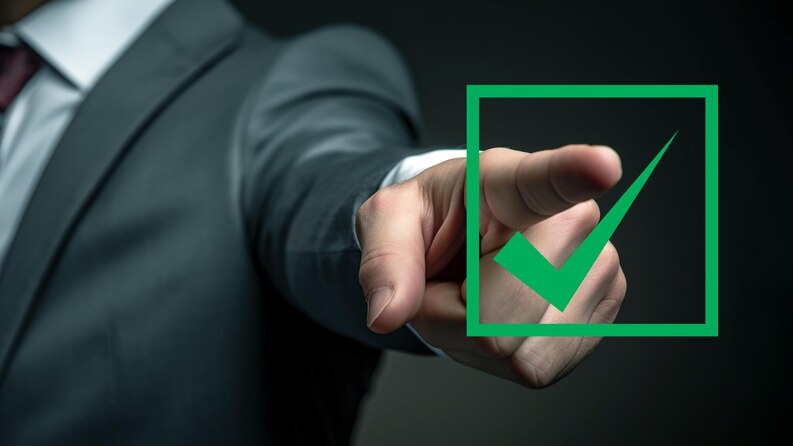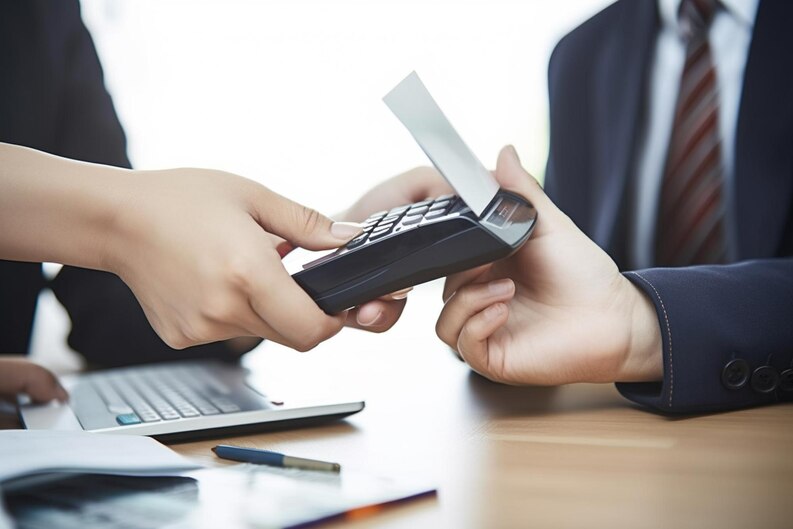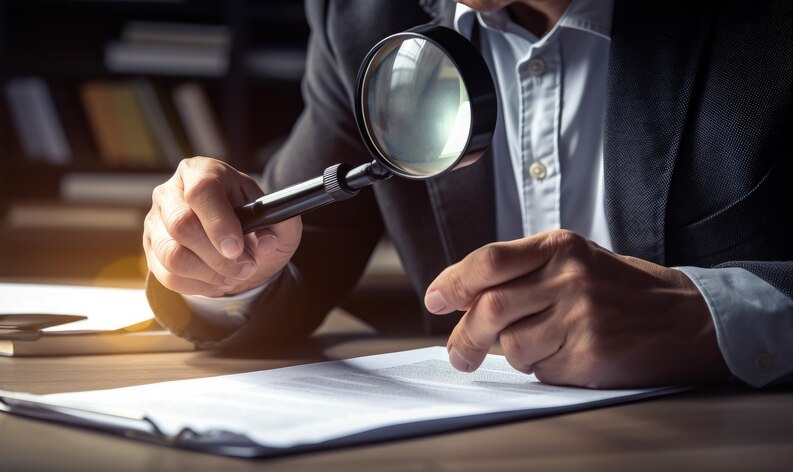The Malaysian government has mandated that all taxpayers undertaking commercial activities in Malaysia must comply with the e-Invoice requirement. E-Invoice covers typical transaction types such as Business to Business (B2B), Business to Consumer (B2C) and Business to Government (B2G). For B2G transactions, the e-Invoice flow will be similar to B2B.
All individuals and legal entities are required to comply with the e-Invoice requirement, including associations, bodies of persons, branches, business trusts, co-operative societies, corporations, limited liability partnerships, partnerships, property trust funds, property trusts, real estate investment trusts, representative offices, regional offices, trust bodies, and unit trusts.

In relation to certain B2C transactions where e-Invoices are not required by the end consumers to support the said transactions for tax purposes, suppliers will be allowed to issue a normal receipt or invoice in accordance with the current practices adopted by suppliers.
After a certain period or timeframe, suppliers would be required to aggregate the normal receipts or invoices issued to end consumers and issue a consolidated e-Invoice to support the transactions made with end consumers.

The e-invoicing model ensures a comprehensive and standardized approach to the generation, transmission and record keeping of transaction documents. Transactions in an e-invoicing implementation are driven by the following scenarios and invoice types:
Scenarios where electronic invoices need to be issued:
Proof of Income
This document is issued whenever a sale or other transaction is made to confirm the taxpayer’s income.

Proof of Expenses
This type of document covers purchases or other expenses made by the taxpayer. It also includes returns and discounts. It can also be used to correct or subtract income receipts based on the amount recorded.
Additionally, in some cases, taxpayers must issue self-recorded e-invoices to record expenses such as foreign transactions. For example, if a taxpayer purchases goods and/or services from a foreign supplier and receives an invoice from the foreign supplier that does not use Malaysia’s MyInvois system, the taxpayer will be required to issue self-recorded e-invoices to record the expenses.
Type of electronic invoice issued:


Conclusion:
E- invoicing is a more efficient and cost-effective way to generate and transmit transaction documents. It reduces the need for paper documentation and manual processes that are time-consuming and error-prone. By adopting e-invoicing, taxpayers can streamline business processes, reduce costs and improve compliance with tax regulations.
Disclaimer: The information provided on this platform is for general informational purposes only. It does not constitute professional advice and should not be relied upon for making decisions. Wanconnect Consulting Group is not responsible for any errors or omissions in the content or for any actions taken based on the information provided. We recommend seeking professional advice for specific situations. Wanconnect Consulting Group reserves the right to modify, update, or remove any content without notice.
Hi. I’m worked in Developer company. Sometime when developer late in handing over the vacant possession to buyer as per clauses stipulated in S&P Agreement, Late Ascertained Damages (LAD) is need to pay to buyer as compensation for the delayed. Then may I know is the LAD part we need to issue E-invoicing? When buyer obtained the LAD amount which issued in term of cheque from developer to buyer, will then the buyer need to pay for income tax for the fund received as well? Looking forward to your favourable reply. Appreciate that. Thank you.
For more info, please visit our FB page.
What types of transactions are covered under the e-Invoice requirement mandated by the Malaysian government?
Regard Prtal Berita
For more info, please visit our FB page. Or fill in our contact form. We can help you from there. Thanks.